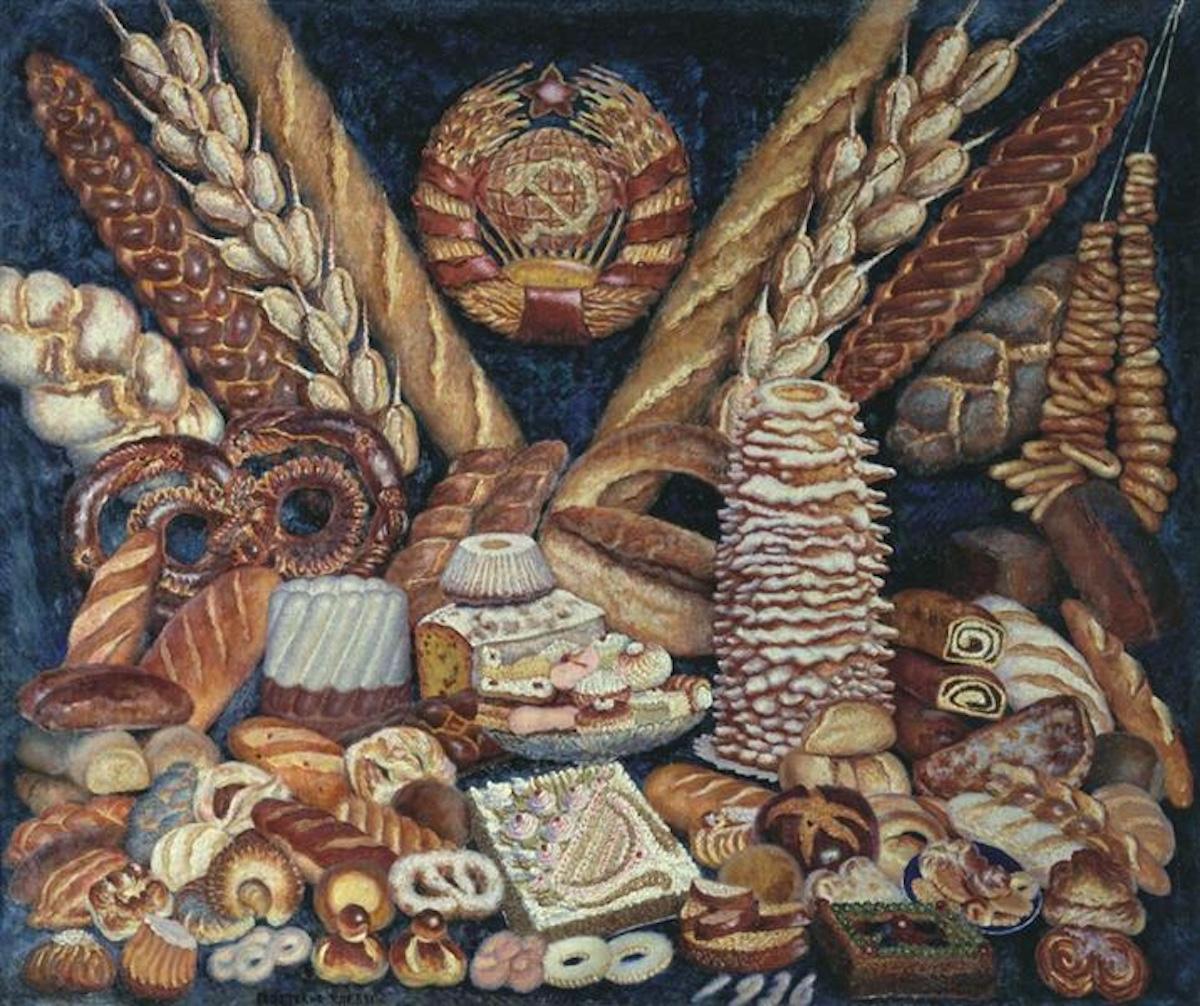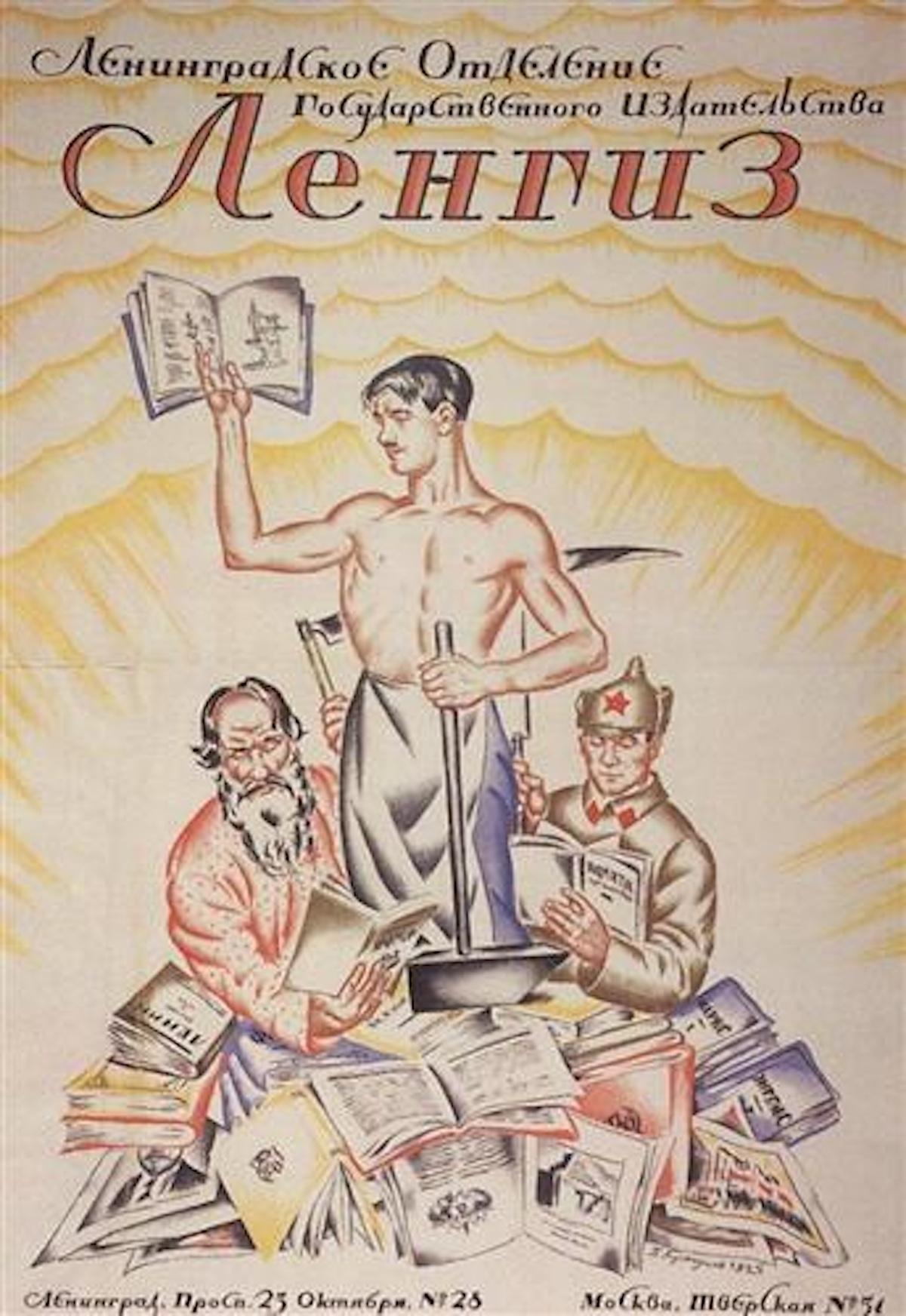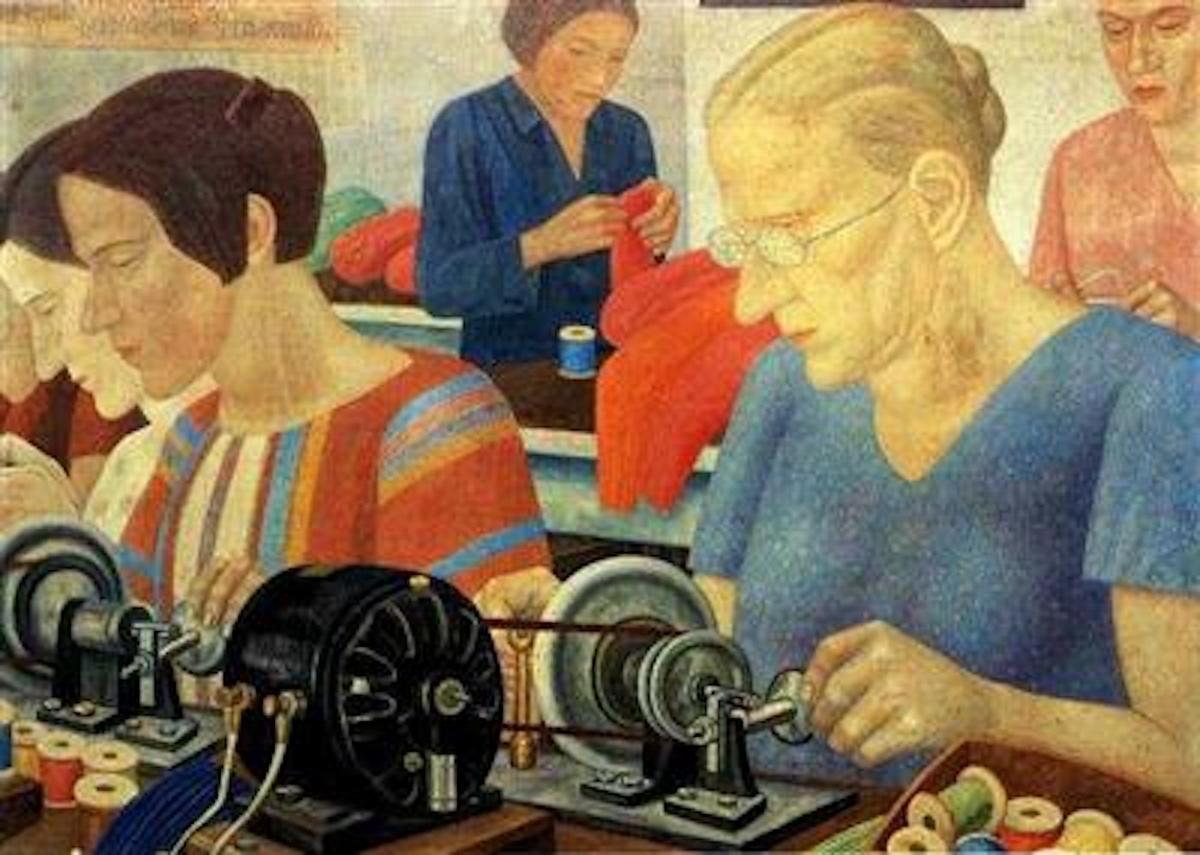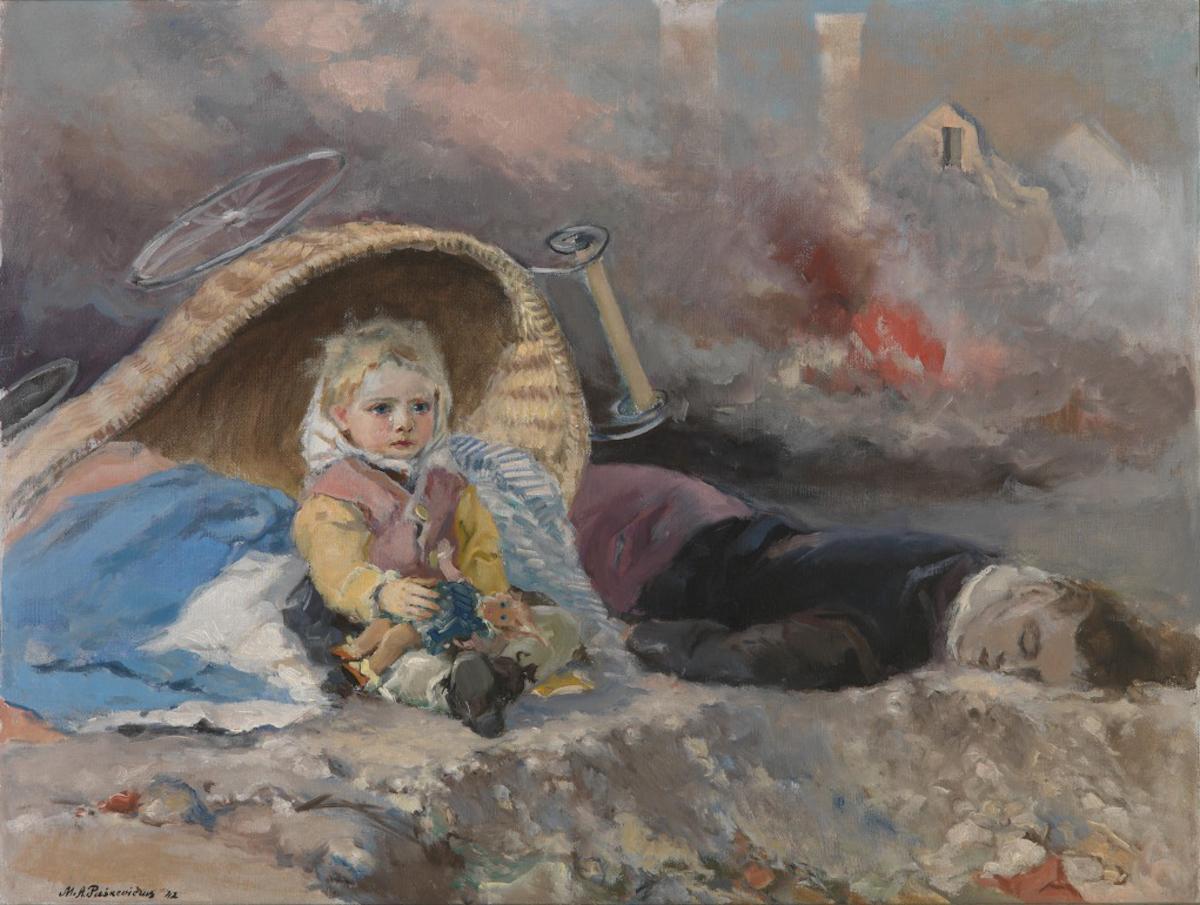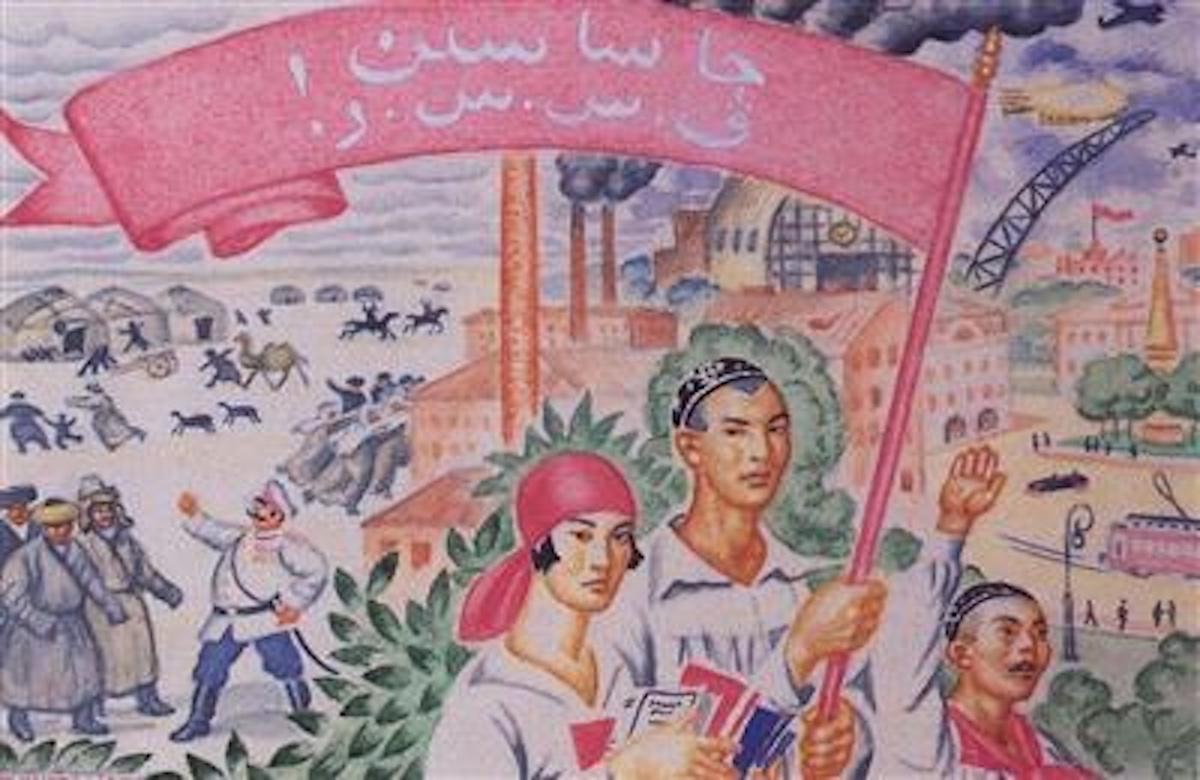After the Russian Revolution of 1917, Russia abolished its monarchy and saw a violent civil war that threatened national stability and identity until the installment of Josef Stalin (1878-1953) as leader of the Russian Communist party. The success of the Russian Revolution at dismantling the nation’s former monarchy and aristocracy bred similar movements across Europe, such as the German Revolution of 1918 establishing the Weimar Republic, which ultimately led to the formation of the Nazi regime. Since both regimes were infamously totalitarian and committed atrocities regarding human rights and genocide, Socialist Realism was developed and embraced as a method of social control and manipulation. Socialist Realism began, like other Modern art movements, as a protest of the conservative and elitist Neoclassical structure that had dominated salons since the Renaissance.
Ironically, the movement originally began during the early twentieth century when the House of Romanov ruled Russia, as a celebration of nature and humanity. As the political landscape shifted farther right, however, the style transformed into a tool of Communist propaganda. The representations of humanity to come after the Russian Revolution were ones that embraced the ideals of Marxism-Leninism that inspired Stalin’s policy, such as images of labor, a government of and for the people, and a myth of a utopian society far from the reality of Russian life during the period.




